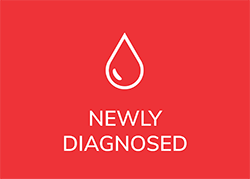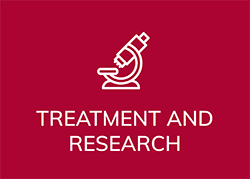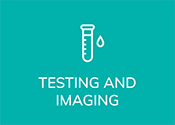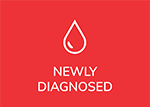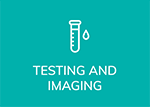Medically reviewed by Dr. Brian Koffman
The Bottom Line:
Although the vast majority of leukemia patients reside in low or middle-income countries, only a small fraction of clinical trial participants come from these countries. Improving global representation in clinical trials is important for addressing enduring health disparities in underrepresented regions.
Who Performed the Research and Where Was it Presented:
Dr. Andres Noyola-Perez from Universidad Autonoma de Nuevo Leon in Mexico and colleagues presented the results at the American Society for Hematology (ASH) Annual Meeting 2023.
Background:
Clinical trials determine whether new cancer treatments are safe and effective for everyone who will use them. Ideally, the participants in a clinical trial should represent the patients that will use the treatment. This is important because different ages, races, and ethnicities may react differently to specific treatments. When clinical trials lack diverse representation, it makes it harder to understand whether a treatment is truly effective across all populations and may perpetuate healthcare disparities. For this reason, phase 3 clinical trials are often large and include patients from many different countries. This study examined participants’ global demographics in phase 3 leukemia trials.
Methods and Participants:
Researchers analyzed phase 3 clinical trials for acute and chronic leukemias listed on ClinicalTrials.gov between 2012 and 2023. Participant countries were classified based on World Bank classifications by income level. Studies were classified into two categories:
- High-income country (HIC) exclusive – the study was only conducted in high-income countries. Examples of HICs include the United States, Canada, Australia, the United Kingdom, France, Spain, Italy, Sweden, Germany, and Japan.
- Low middle-income country (LMIC) inclusive – the study was conducted in low- and middle-income countries and high-income countries or exclusively in low-middle-income countries. Examples of LMICs include China, India, Mexico, Brazil, Russia, South Africa, Algeria, Egypt, Romania, and Thailand.
Results:
- The analysis included 72 trials and 27,382 participants.
- Most of the studies were testing a drug treatment (69%).
- Most studies focused on acute myelogenous leukemia (AML) and chronic lymphocytic leukemia (CLL).
- HICs were greatly overrepresented, with 90% of participants being from HIC and only 10% of participants from LMIC.
- Similarly, the median number of LMICs per trial was low (3 countries) compared with HICs (14 countries).
- Thirty-five out of 72 trials (49%) were conducted exclusively in HICs.
- Only 3 out of 72 trials (4%) were conducted exclusively in LMICs.
- Of the 49 studies with published research, only a few (28%) discussed global implementation and considered quality-of-life endpoints (8%).
Conclusions:
This research highlights a significant gap in clinical trial representation. Although more than 80% of the global leukemia population resides in LMICs, only 10% of leukemia clinical trial participants are from LMICs. This suggests that patients in LMICs are less likely to have access to new therapies being tested in clinical trials. Improving representation in clinical trials is essential for addressing enduring health disparities in underrepresented regions.
Links and Resources:
This is the actual ASH abstract Disparities in Phase 3 Leukemia Trials from the Last Decade: A Long Way to Go.
Take care of yourself first.
Ann Liu, PhD


